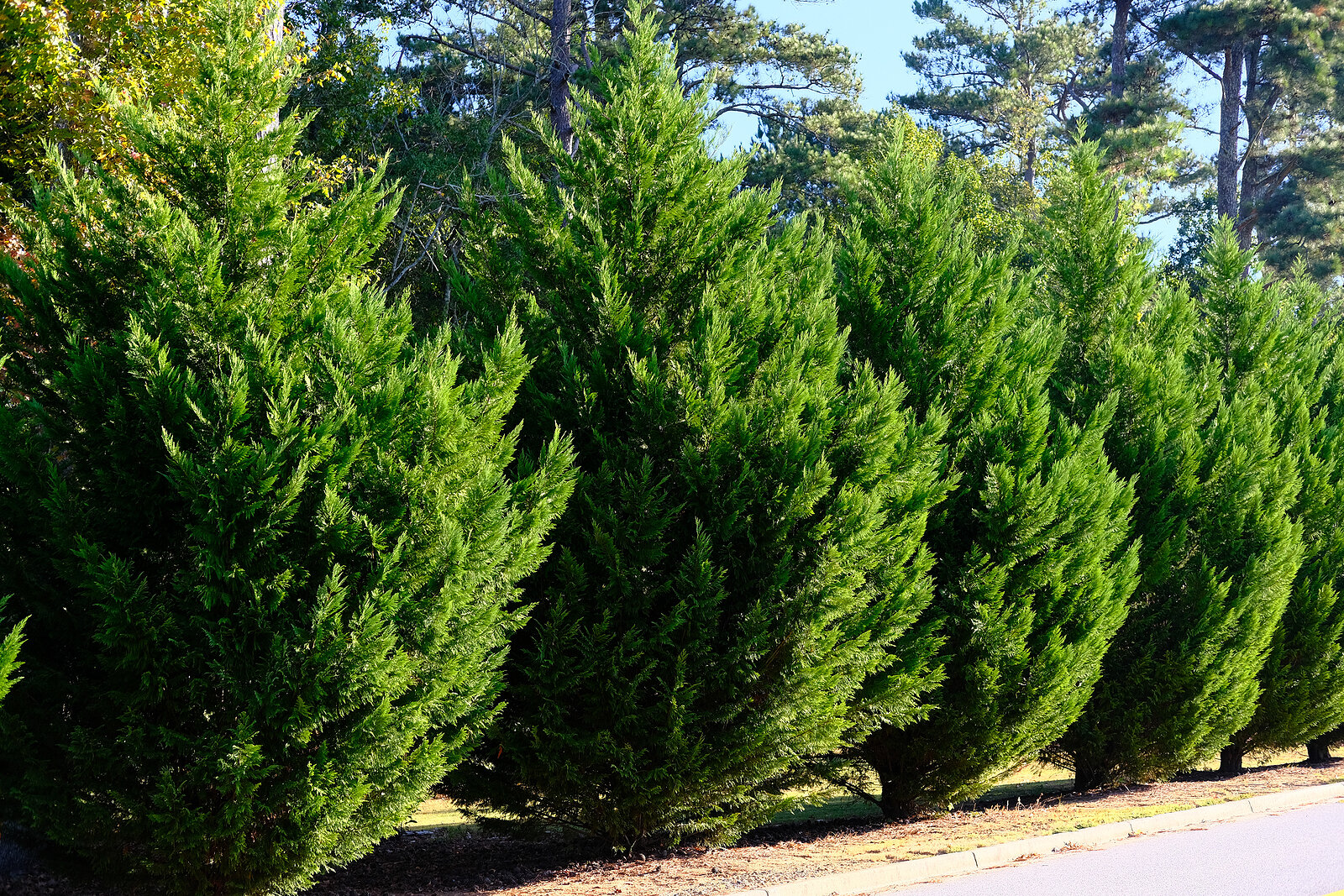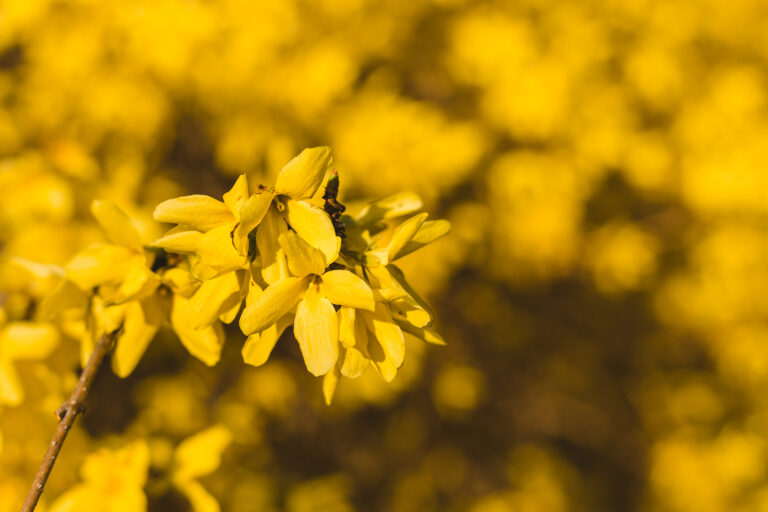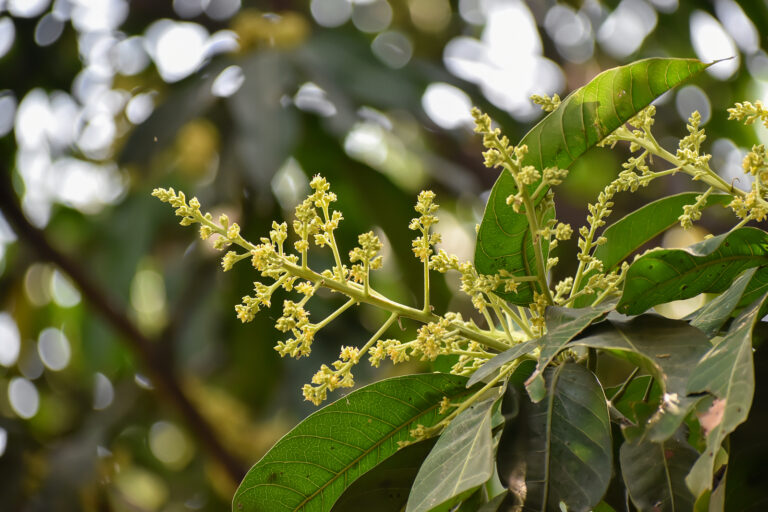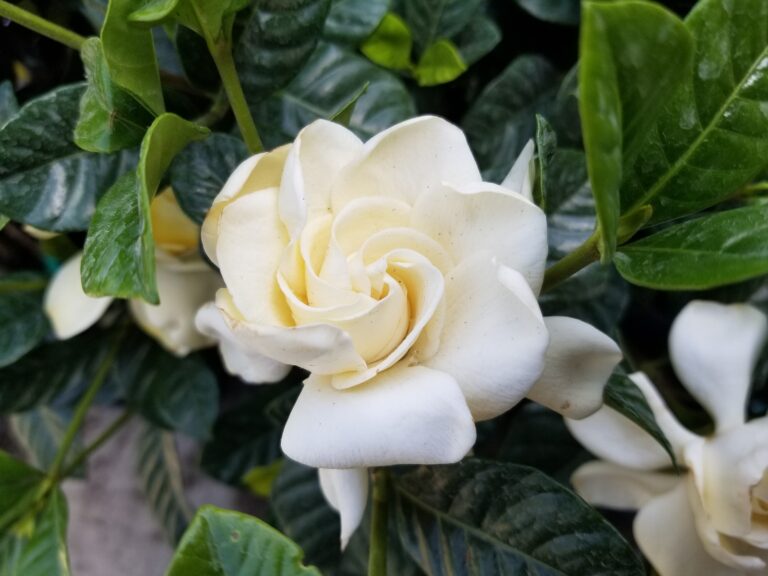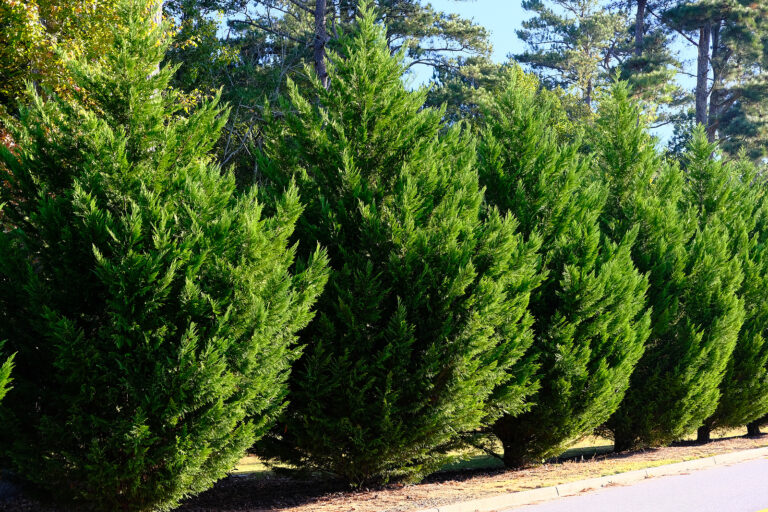How to Grow Leyland Cypress — x Cupressocyparis
x Cupressocyparis — commonly known as Leyland Cypress–is a hybrid coniferous tree grown in hedges, for screening, and as a large lawn or specimen tree. x Cypressocyparis is a natural hybrid between species of Chamaecyparis and Cupressus.
x Cupressocyparis (the x denotes that it is a hybrid) produces flattened spray of scale-like dark green leaves. It is columnar in growth habit to as much 70 feet (21.3m) tall or more; it is often clipped and sheared and kept hedge high.
x Cupressocyparis is accepting of a wide variety of soils and climate conditions. It can withstand fairly strong winds.
From cuttings, x Cupressocyparis can grow from 15 to 20 feet in five years.
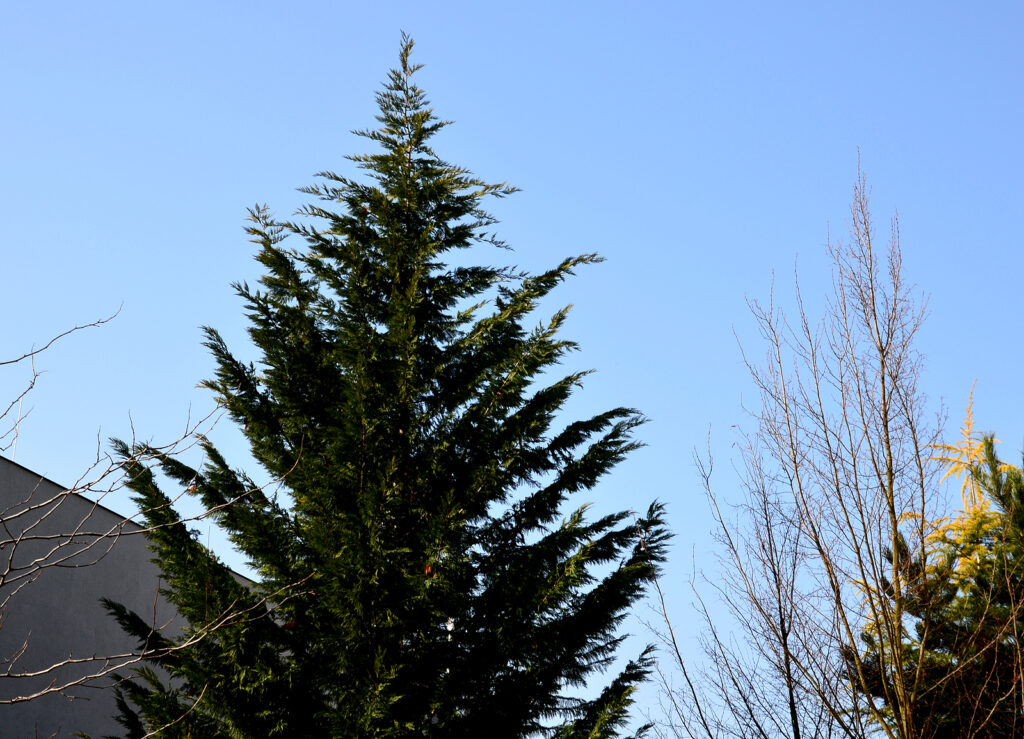
Get to know x Cupressocyparis
- Plant type: Evergreen conifer
- Growing zones and range: Zones 6 to 9
- Hardiness: Hardy to Zone 6
- Height and width: 60-70 feet (18.3-21.3m) in cultivation, to 100 feet (30m) in the wild
- Growth rate: fast, 3 feet (.9m) or more per year
- Form and habit: Columnar or pyramidal
- Foliage: Dense, scalelike, dark-green, pressed close against the flattened branchlets; bluish gray-green
- Fruits: Cones .4-.8 inch (1-2cm) diameter with 8 scales
- Uses: Tall evergreen hedge and screen; tree for large lawn or park
- Garden companions: slower-growing, more desirable trees or shrubs
- Common name: Leyland cypress
- Botanical name: x Cupressocyparis
- Family name: Cupressaceae
- Origin: Hybrid genus between Chamaecyparis and Cupressus
Where to plant x Cupressocyparis
- Plant x Cupressocyparis in full sun for best color.
- In full sun x Cupressocyparis foliage grows dense and close to the trunk; in shade, the branching is more open and informal.
- Plant x Cupressocyparis in fertile, moist soil; tolerates acid or alkaline soil.
When to plant x Cupressocyparis
- A container grown x Cupressocyparis transplants easily in early spring.
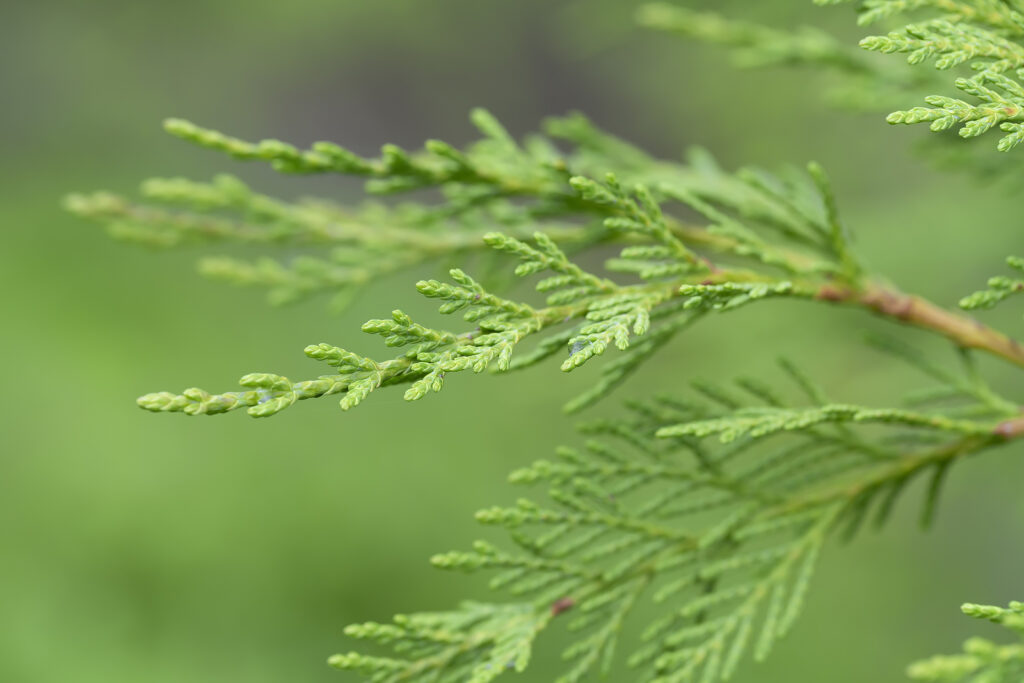
Planting and spacing x Cupressocyparis
- Allow plenty of space for x Cupressocyparis roots.
- Space x Cupressocyparis 15 feet (4.5m) apart when planting as a screen or hedge.
- If you are planting x Cupressocyparis hedge, make the bed at least 5 feet (1.5m) wide.
How to water and feed x Cupressocyparis
- Maintain soil moisture for x Cupressocyparis during droughts.
- Give x Cupressocyparis regular to moderate water.
- Feed x Cupressocyparis with an all-purpose organic fertilizer in spring.
How to prune and care for x Cupressocyparis
- Pruning season for x Cupressocyparis is summer, after the main spurt of growth.
- Prune x Cupressocyparis in summer, but do not prune into wood devoid of foliage.
- x Cupressocyparis withstands heavy shearing.
- Remove multiple leaders from x Cupressocyparis to avoid storm damage.
- For a formal x Cupressocyparis hedge, allow the tops to grow 6-12 inches (15.2-30.5cm) beyond the intended height, then cut off the leaders to just above a lateral branch 6 inches (15.2cm) below the intended height.
- x Cupressocyparis can grow quickly into tall hedge, 10-15 feet (3.1-4.6m) high, but will quickly get away from you without regular maintenance.
x Cupressocyparis pests and diseases
- In warm-summer regions, x Cupressocyparis can develop coryneum canker fungus.
- x Cupressocyparis can develop root rot in wet sites.
- In the Rockies, x Cupressocyparis is susceptible to attacks by bagworms.
- Newly planted x Cupressocyparis are susceptible to winterkill in Zone 6.
- Bark beetles, scale insects, caterpillars, and sawfly can attack x Cupressocyparis.
x Cupressocyparis propagation
- Root semi-ripe cuttings in late summer.
x Cupressocyparis varieties to grow
- x Cupressocyparis leylandii, Leyland cypress, this vigorous, fast-growing, handsome tree is a hybrid between Chamaecyparis nootkatensis (Nootka cypress) and Cupressus macrocarpa (Monterey cypress). It has a columnar or narrow, pyramidal shape and reaches 65 feet (19.8m) tall but only 15 feet (4.6m) wide, with dense growth all the way to the ground. It may get even taller with great age. The bright green needles are soft scales that are pressed into ropelike bunches along the stems and form flattened fans that resemble those of Nootka cypress. Because it grows so fast, this evergreen makes an especially valuable screen or hedge in full sun or partial shade, but it is also a useful focal point in a border or lawn. Where pests and diseases are prevalent, use juniperus chinensis ‘Spartan’ or Thuja plicata ‘Hogan’ instead for screens and hedges. Zones 6 to 9.
- ‘Castlewellan’ is a hardy species about 20 feet (6.1m) tall at maturity and 5 feet (1.5m) wide. The new growth has a golden cast that turns bronze in winter, narrow, erect habit.
- ‘Emerald Isle’ has bright green foliage on plant 20-25 feet (6.1-7.6m) tall, 6-8 feet (1.8-2.4m) wide.
- ‘Naylor’s Blue’, hardy in Zone 5, grows to 30-40 feet (9-12.2m) high and can reach 15 feet (4.6m) wide. The summer foliage is a soft grayish blue that intensifies in winter.

